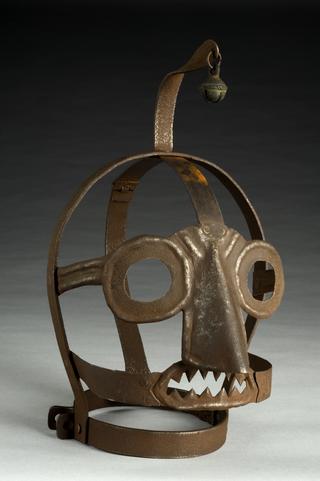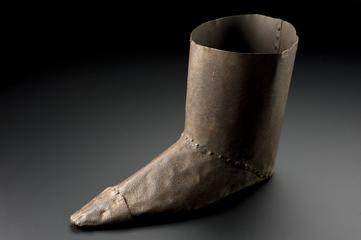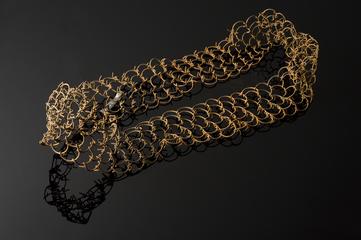




Executioner's mask, steel, said to be Portugese, 1501-1800
An executioner’s identity was often kept secret from the watching public and those about to be executed. Wearing a steel mask such as this gave anonymity. It is thought their identities were protected to prevent families of executed prisoners taking revenge.
This object may seem out of place in the medical collection established by Henry Wellcome. However, his collection also encompassed broader social and cultural aspects of life, death, health and illness.
Details
- Category:
- Wellcome (general)
- Collection:
- Sir Henry Wellcome's Museum Collection
- Object Number:
- A34111
- Materials:
- steel
- type:
- executioner's mask
- credit:
- Wellcome Trust (Purchased from Stevens)




